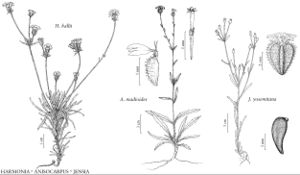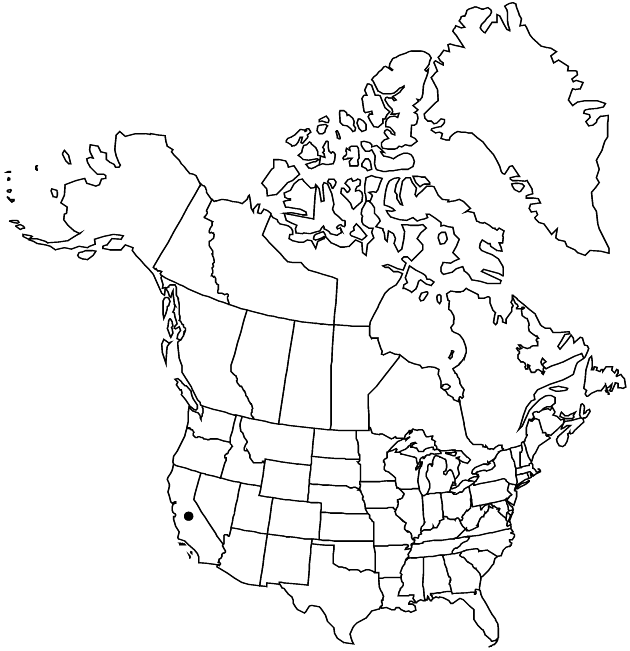Difference between revisions of "Harmonia hallii"
Novon 9: 464. 1999.
Basionym: Madia hallii D. D. Keck Madroño 3: 5. 1935
FNA>Volume Importer |
FNA>Volume Importer |
||
| Line 7: | Line 7: | ||
|year=1999 | |year=1999 | ||
}} | }} | ||
| − | |basionyms={{Treatment/ID/ | + | |basionyms={{Treatment/ID/Basionym |
|name=Madia hallii | |name=Madia hallii | ||
|authority=D. D. Keck | |authority=D. D. Keck | ||
| + | |publication_title=Madroño | ||
| + | |publication_place=3: 5. 1935 | ||
}} | }} | ||
|synonyms= | |synonyms= | ||
| Line 51: | Line 53: | ||
|publication year=1999 | |publication year=1999 | ||
|special status= | |special status= | ||
| − | |source xml=https://jpend@bitbucket.org/aafc-mbb/fna-data-curation.git/src/ | + | |source xml=https://jpend@bitbucket.org/aafc-mbb/fna-data-curation.git/src/f6b125a955440c0872999024f038d74684f65921/coarse_grained_fna_xml/V19-20-21/V21_732.xml |
|tribe=Asteraceae tribe Heliantheae | |tribe=Asteraceae tribe Heliantheae | ||
|subtribe=Asteraceae (tribe Heliantheae) subtribe Madiinae | |subtribe=Asteraceae (tribe Heliantheae) subtribe Madiinae | ||
Revision as of 19:49, 24 September 2019
Plants 5–18 cm; proximal, unbranched portions of primary stems usually shorter than branches supporting heads. Leaves mostly on primary stems (distal leaves of primary stems densely congested) and immediately proximal to branches supporting heads. Heads usually erect in bud and fruit. Phyllaries 3–6, hirsute and/or hirtellous near folded edges. Ray florets 3–6; laminae 2–5 mm. Disc florets 8–20, mostly bisexual and fertile, sometimes functionally staminate. Ray cypselae not gibbous, beakless; pappi 0.2–0.5 mm. Disc cypselae 2.8–3.2 mm; pappi of 8–10 oblong or quadrate, fimbriate scales 0.2–0.5 mm. 2n = 18.
Phenology: Flowering Apr–Jun.
Habitat: Serpentine openings in chaparral
Elevation: 500–1000 m
Discussion
Of conservation concern.
Harmonia hallii occurs in the southern Inner North Coast Ranges.
Selected References
None.
Lower Taxa
None.

